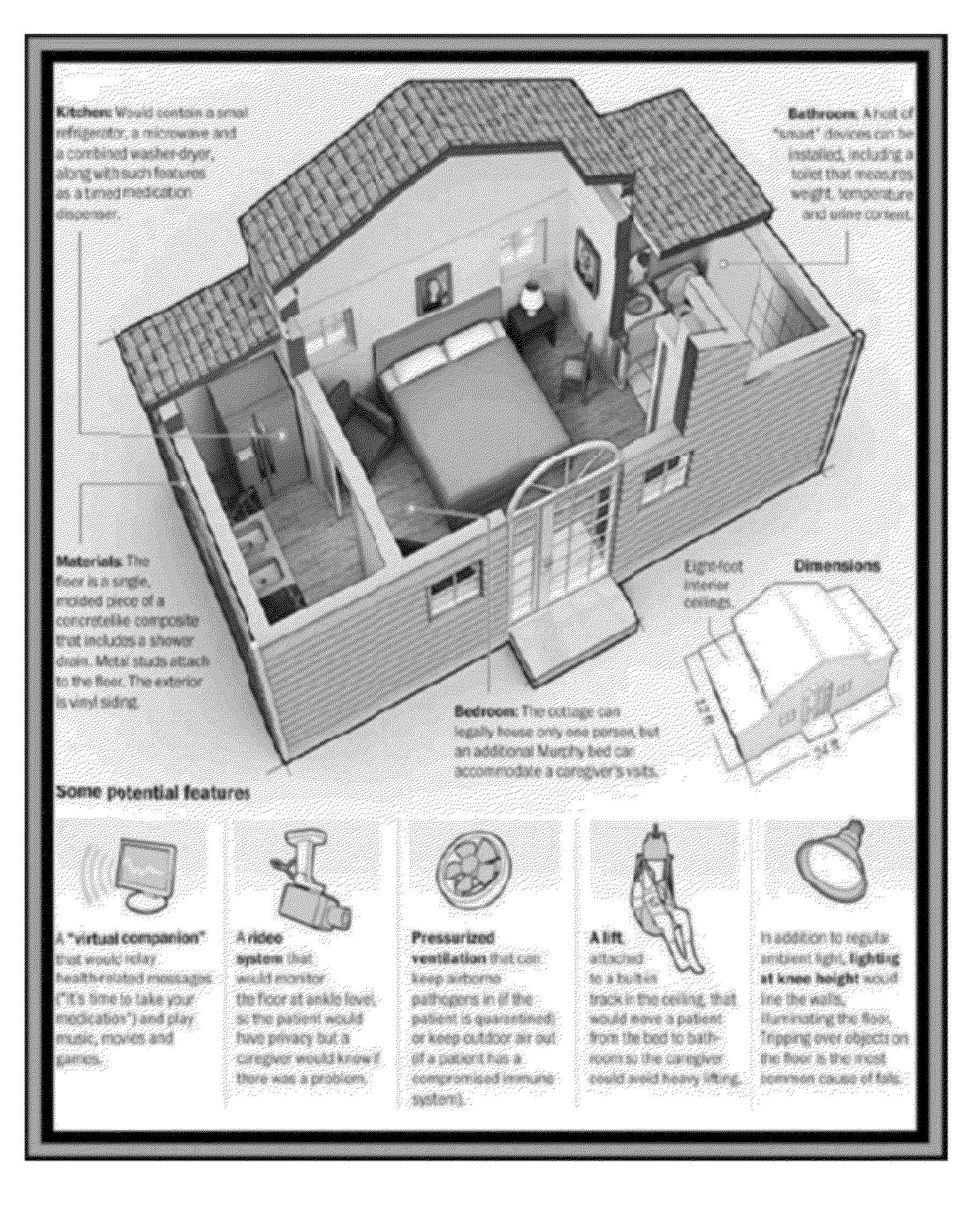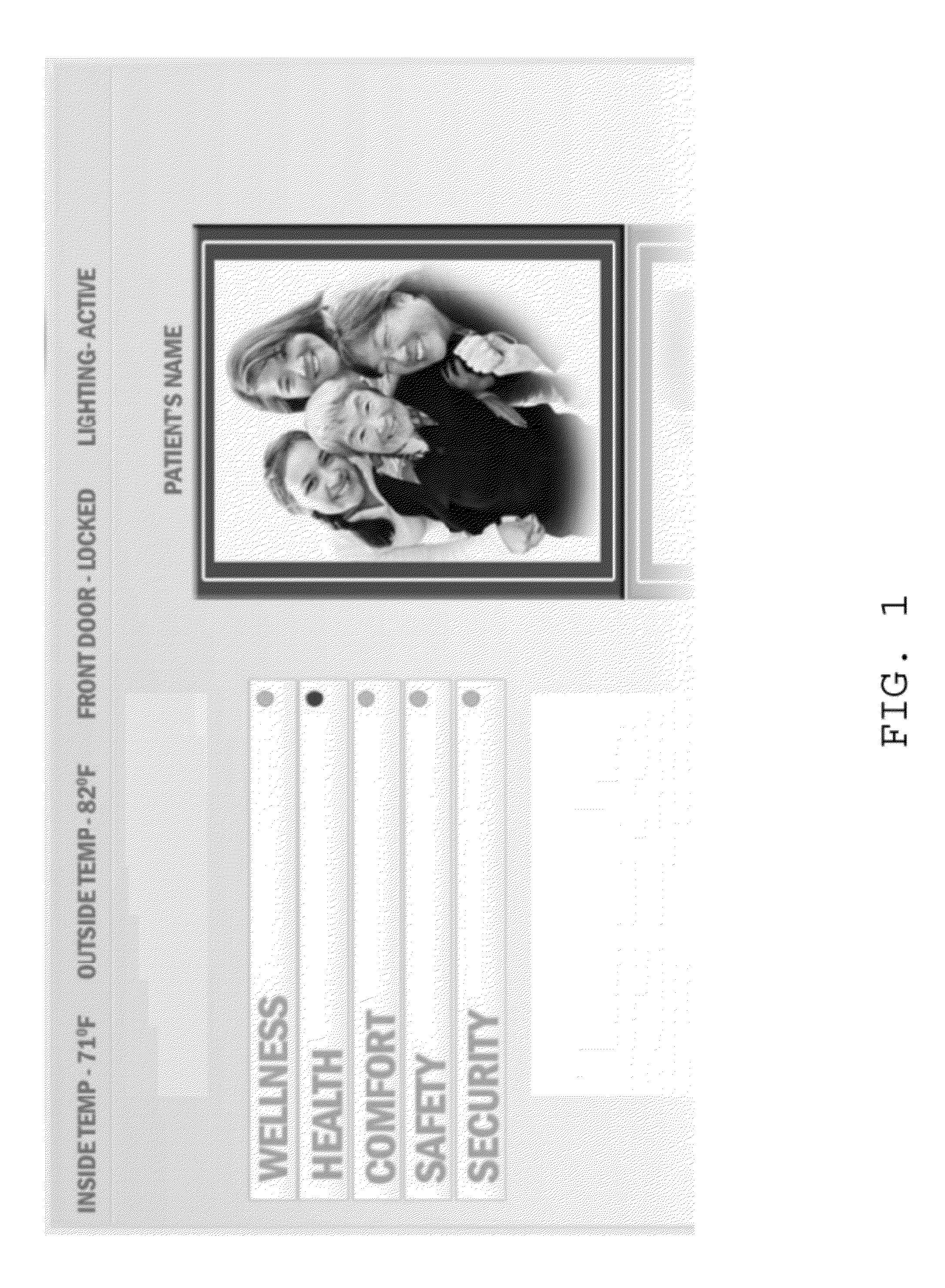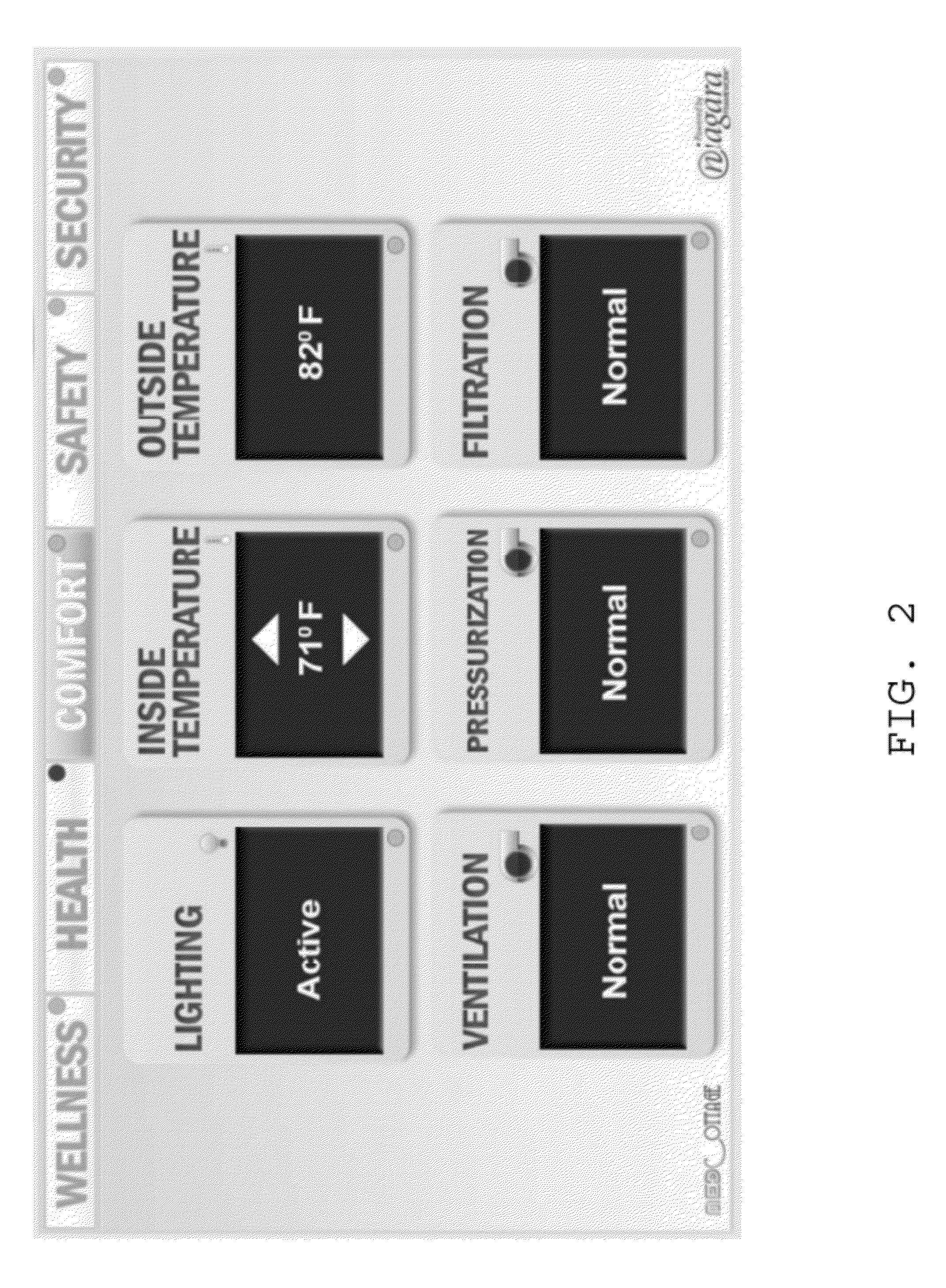Medical Modules and Monitoring Systems
a monitoring system and medical module technology, applied in the field of medical modules and monitoring systems, can solve the problems of limited options regarding the place where care is provided, individual needs of end-of-life care, and not always convenient for family members to visi
- Summary
- Abstract
- Description
- Claims
- Application Information
AI Technical Summary
Benefits of technology
Problems solved by technology
Method used
Image
Examples
Embodiment Construction
[0037]One of the many potential advantages of the methods of the present invention, only some of which are discussed herein, is that the invention provides improved living units for individuals in need of monitoring that allow for increased privacy and independent living. The modular structures of the present invention may be placed in close proximity to the homes of relatives thereby allowing for independent living yet also remaining in close proximity to the caregivers. In addition, the modular structures of the present invention comprise monitoring systems that may allow for improved medical monitoring, safety monitoring, comfort monitoring, and security monitoring.
[0038]One of the objects of the present invention is to provide a modular structure that allows for simple and low cost building constructions. This objective has been accomplished in accordance with certain of the principles of this invention by providing a building module comprising a rectangular configuration and pr...
PUM
 Login to View More
Login to View More Abstract
Description
Claims
Application Information
 Login to View More
Login to View More - R&D
- Intellectual Property
- Life Sciences
- Materials
- Tech Scout
- Unparalleled Data Quality
- Higher Quality Content
- 60% Fewer Hallucinations
Browse by: Latest US Patents, China's latest patents, Technical Efficacy Thesaurus, Application Domain, Technology Topic, Popular Technical Reports.
© 2025 PatSnap. All rights reserved.Legal|Privacy policy|Modern Slavery Act Transparency Statement|Sitemap|About US| Contact US: help@patsnap.com



